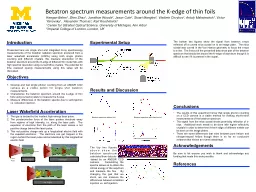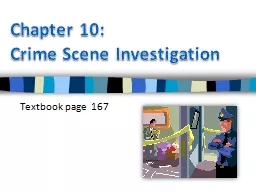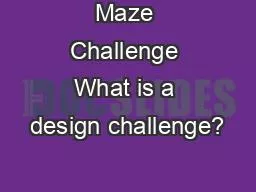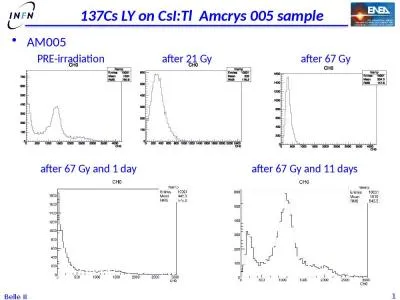PPT-Daily CSI CSI Challenge
Author : test | Published Date : 2018-11-29
4 Mystery Pictures Week 3 Monday T Trimpe 2006 httpsciencespotnet Can you identify the mystery items All the items are associated with crime scene investigations
Presentation Embed Code
Download Presentation
Download Presentation The PPT/PDF document "Daily CSI CSI Challenge" is the property of its rightful owner. Permission is granted to download and print the materials on this website for personal, non-commercial use only, and to display it on your personal computer provided you do not modify the materials and that you retain all copyright notices contained in the materials. By downloading content from our website, you accept the terms of this agreement.
Daily CSI CSI Challenge: Transcript
Download Rules Of Document
"Daily CSI CSI Challenge"The content belongs to its owner. You may download and print it for personal use, without modification, and keep all copyright notices. By downloading, you agree to these terms.
Related Documents














